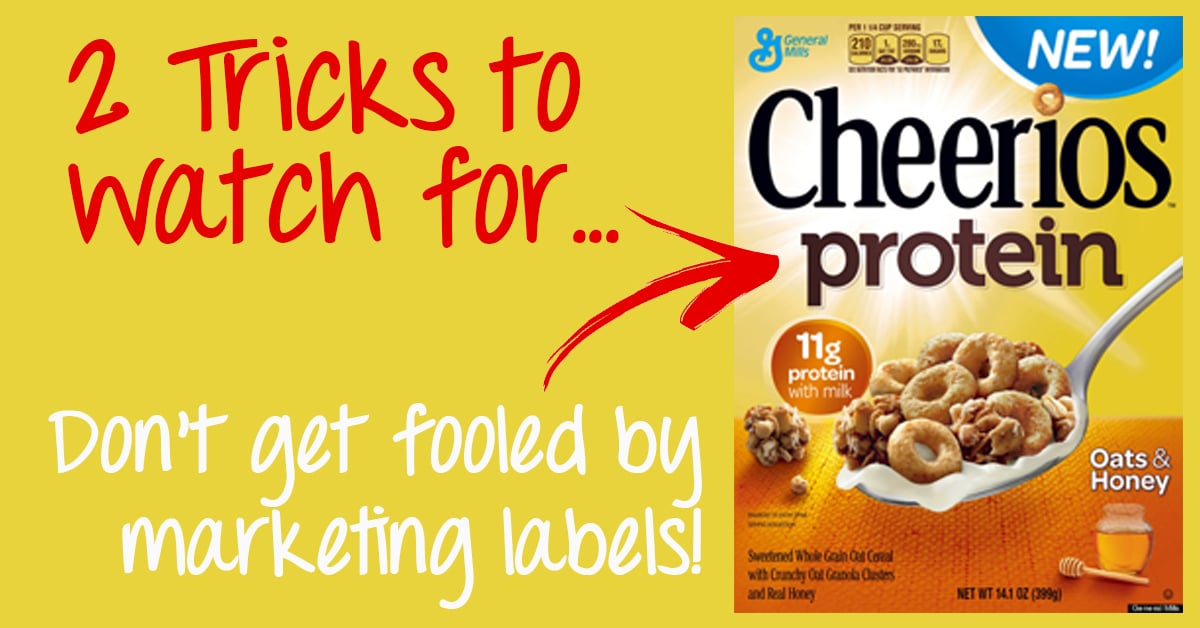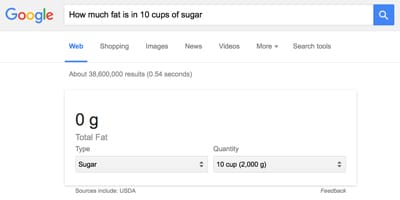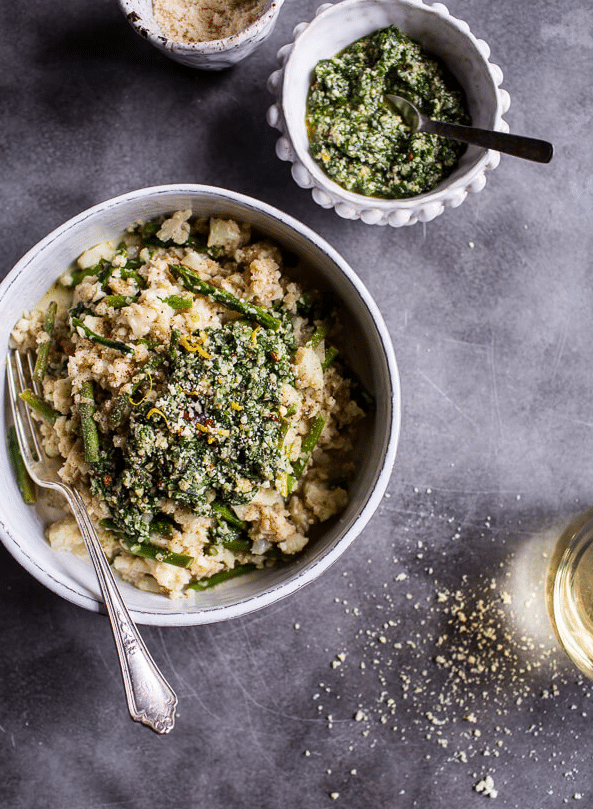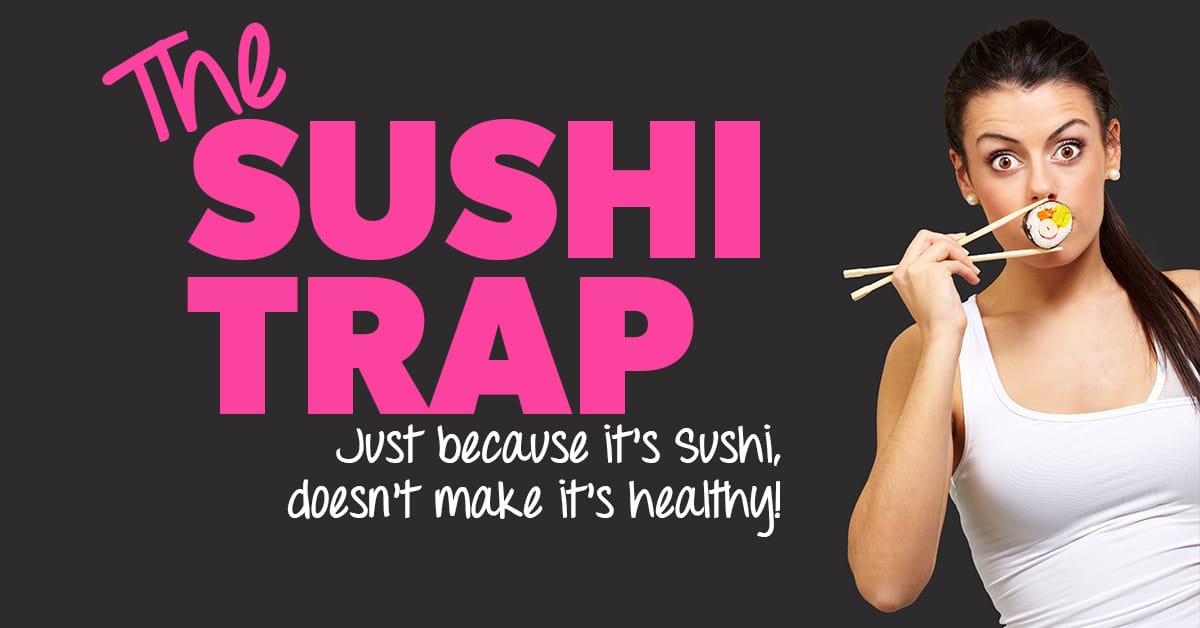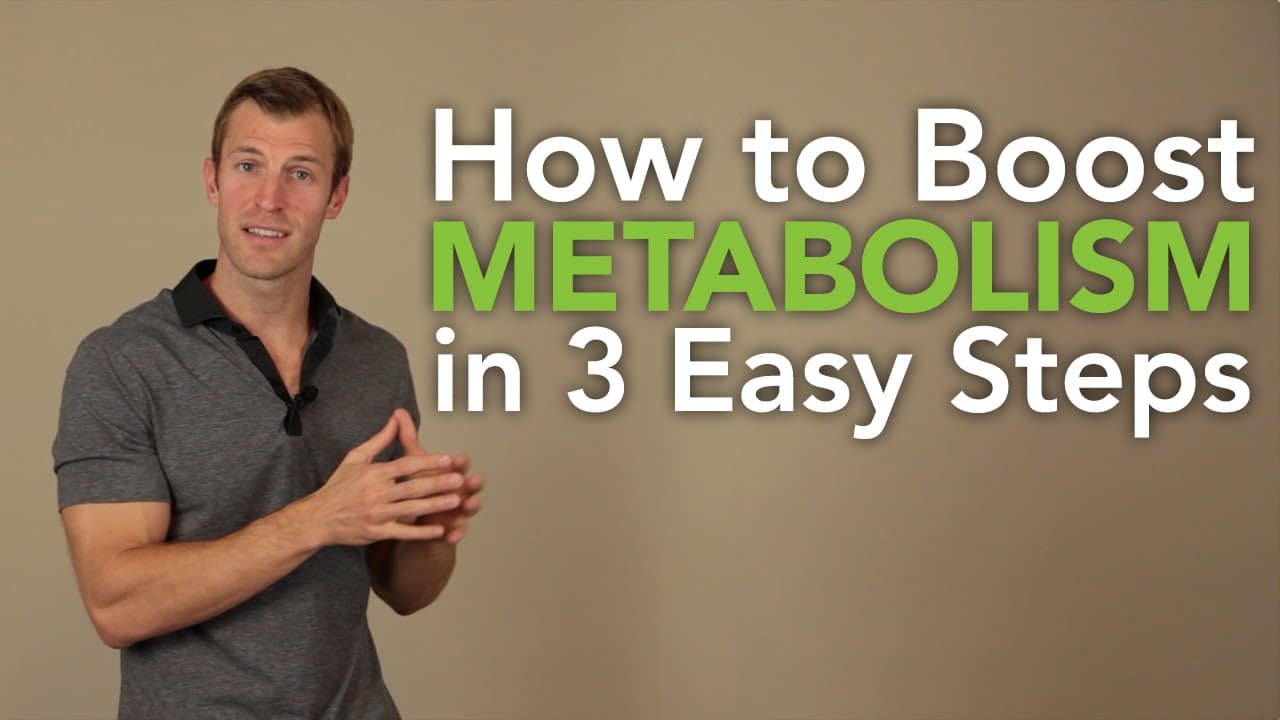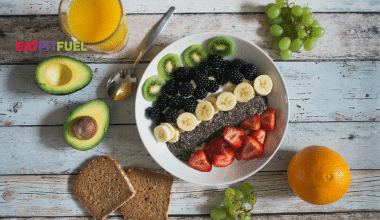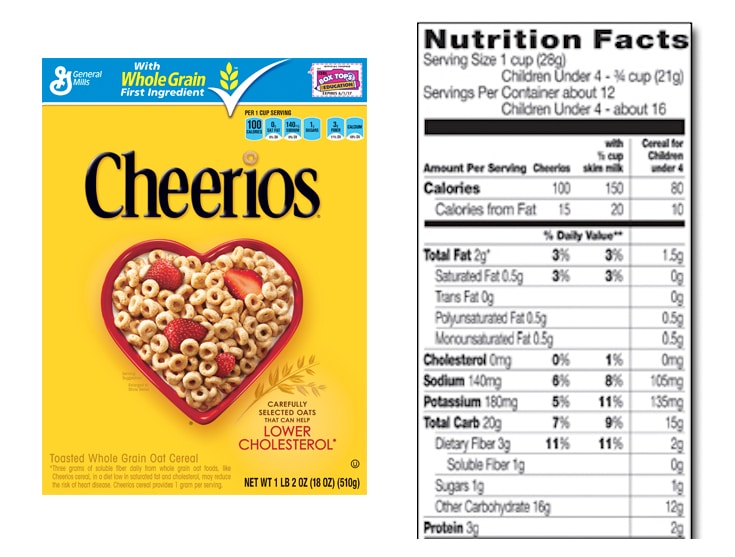 Recently, General Mills launched a new Cheerios product called “Cheerios Protein“. Makes sense. After all, protein is all the rage and it seems simple enough… take original Cheerios and sprinkle on some protein and BAM! More protein.
Recently, General Mills launched a new Cheerios product called “Cheerios Protein“. Makes sense. After all, protein is all the rage and it seems simple enough… take original Cheerios and sprinkle on some protein and BAM! More protein.
Not so fast…
Unfortunately, like many products marketed as low-fat, fat-free, or almost any other marketing lingo… many of those benefits come at a cost, and often times they’re worse for you! Just take a look at these two varieties of Cheerios and you can spot two common tricks many product manufacturers make to trick you.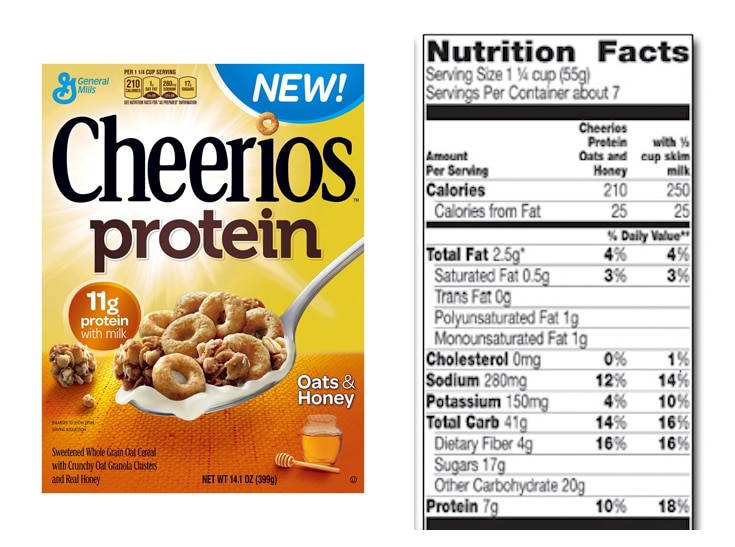
1. Serving size.
Portion control is a big problem in this country and food manufacturers aren’t doing you any favors. Original Cheerios serving size was 1 cup (28g) with 3g of protein, while Cheerios Protein is 1-1/4 cup (55g) with 7g of protein.
However, if you matched the serving size (by weight) of original Cheerios you’d get a nearly 6g of protein (~5.89g), which doesn’t seem like all that much of an increase in protein!
Unfortunately, most people don’t consume food by the serving size on the package and food manufacturers know this, so they can simply adjust the serving size up or down as they see fit!
2. Sugars… (and salt!)
I’m not sure if you know this or not but sugar doesn’t have fat. I repeat. Sugar. Does. Not . Have. Fat. There are more healthy foods to eat when craving sugar.
Of course we’re just making a point here, but food manufacturers can increase the sugar and salt content all they want without increasing the fat content… keeping whatever artificial product they’re making still a low-fat or worse yet, fat-free option.
One of the reasons for this is that fat tastes good. Not necessarily the animal fats, but natural fats like olive oils and other healthy fats, and when you remove them foods don’t usually taste as good.
Two of the cheapest and easiest ways for food manufacturers to improve on bad tasting food is by enhancing it with sugar and salt.
In the case of your new Cheerios, Cheerios Protein, the sugar content went from 1g in original Cheerios to 8.65g of sugar in Cheerios Protein (adjusted for serving size). And that’s not all sodium to a little bump too… 2.4mg in Cheerios Protein.
What can you learn from this?
The first takeaway here is, if you must go with packaged food, make sure to compare serving sizes and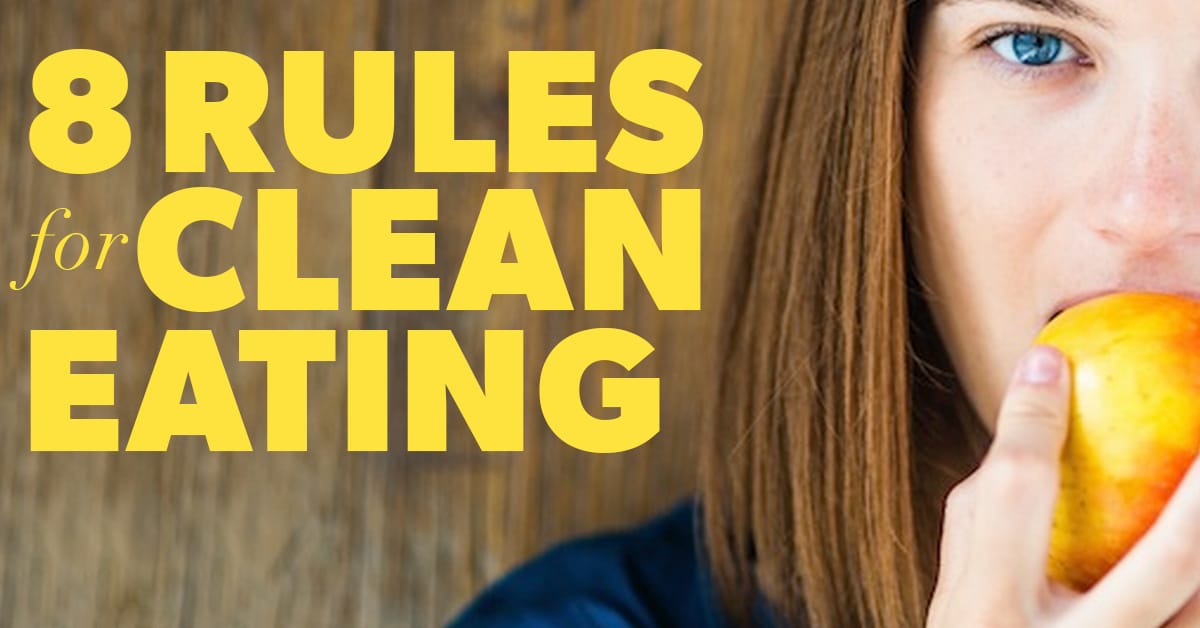 macronutrients, and make choice based on what your fitness goals are. If you’re looking to lose weight, don’t substitute the fat for sugar, and pay extra close attention to serving size in relation to calories.
macronutrients, and make choice based on what your fitness goals are. If you’re looking to lose weight, don’t substitute the fat for sugar, and pay extra close attention to serving size in relation to calories.
Lastly, whenever you can, simply eat clean. It’s as simple that that!
